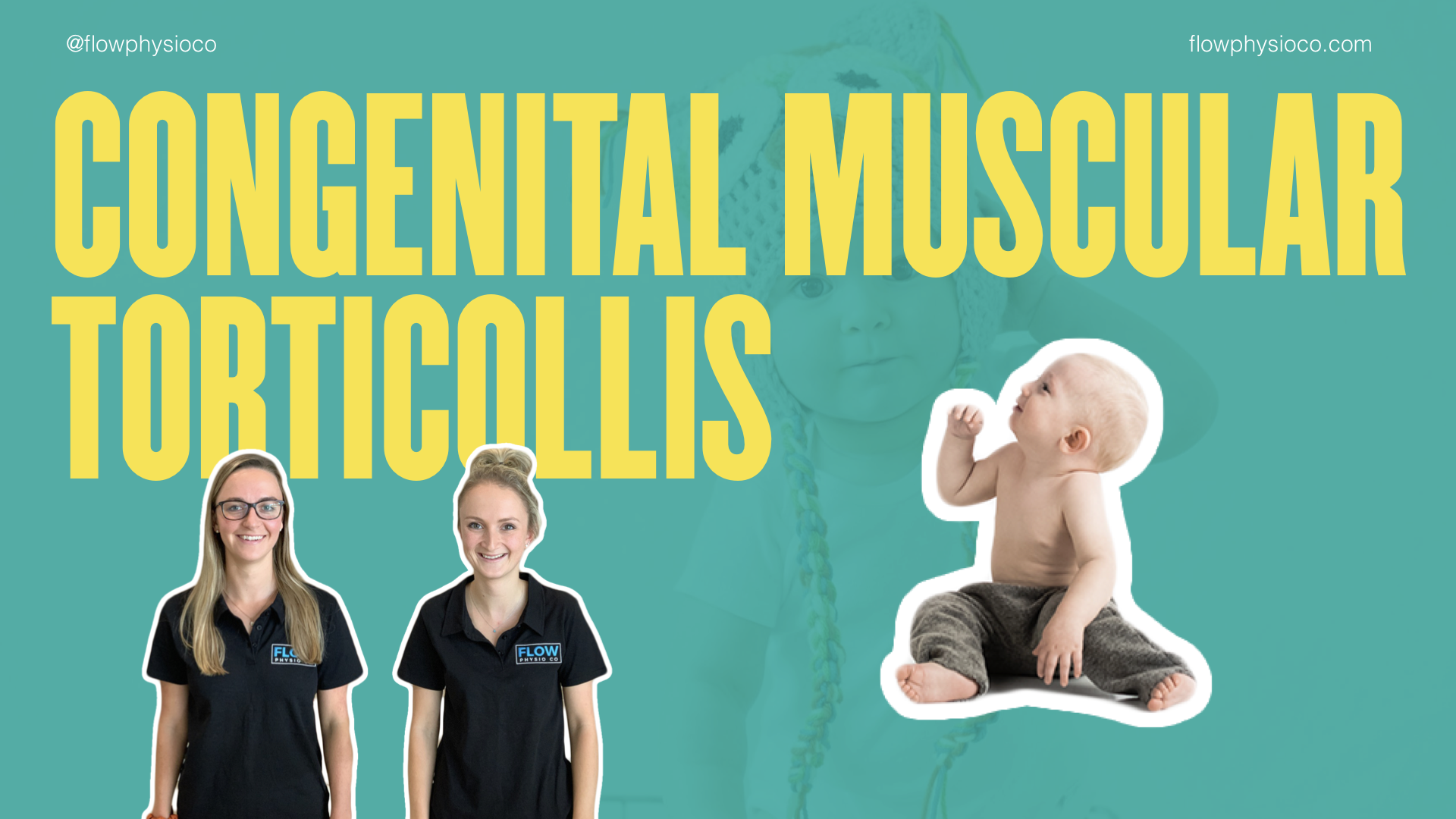If your baby has a flat head or only turns their head to one side they may have congenital muscular torticollis (CMT).
CMT affects the sternocleidomastoid muscle, this muscle either becomes tight due to:
CMT occurs between 0.3% and 2% in newborn infants. It causes head tilt to one side and rotation to the other.
In some children with CMT they may have issues with their hips or position of their spine, so it is important to get these checked by a professional.
What to look for?
Does your baby tend to hold their head tilted to one side or do they hold their head in the midline?
Does your baby prefer to look in one direction?
If you lie your baby on their back, do they look evenly to both sides?
When on their back, can they turn their head all the way to the left and to the right?
What can you do?
Book in to see a professional for your baby to be screened. Your child may only need a once off appointment or may benefit from some monitoring.
It is important for a professional to show you the correct stretches to do, to keep your baby safe. When given the appropriate stretches research says the 98% of patients will gain appropriate neck movement even when they have severe muscle fibre changes.
Try some of the strategies suggested for a flat head
References:
Congenital muscular torticollis. Kumar Nilesh and Srijon Mukherji. Ann Maxillofac Surg. 2013 Jul-Dec; 3(2): 198–200.
Clinical features and outcome of physiotherapy in early presenting congenital muscular torticollis with severe fibrosis on ultrasonography: a prospective study. Journal of Pediatric Surgery. Volume 46, Issue 8, August 2011, Pages 1526-1531





